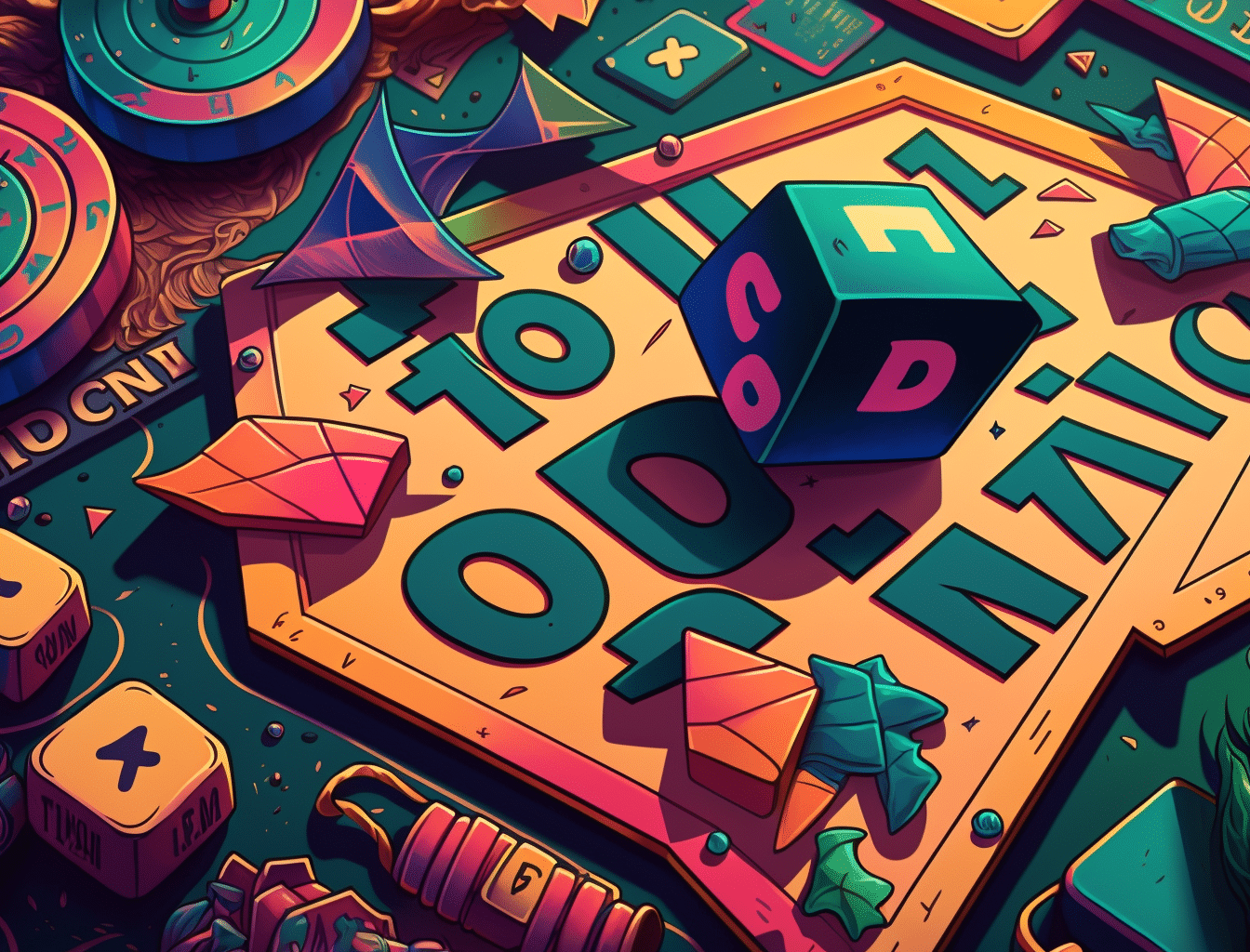
Board games have been a source of entertainment for people all around the world for centuries. From ancient games like Senet to modern games like Settlers of Catan (now just Catan), board games have been a fun and social way for people to spend time together. However, accessibility remains a big problem in the board game industry, particularly for people with disabilities. And with the increasing game complexity and rising game piece production costs, these issues are bound to grow. This article will discuss the problem of accessibility in board games and what the industry can do to address it.
Accessibility Barriers in Board Games
One of the main barriers to accessibility in board games is the physical design of the game components. Many board games come with small pieces that can be difficult for people with fine motor difficulties to manipulate, or with text that is too small for people with visual impairments to read. This can make playing the game a frustrating and impossible experience for some players.

Another issue is the lack of accessibility options in the rules. For example, some games require players to remember specific sequences or recall specific details from previous rounds, which can be difficult for people with memory difficulties or cognitive impairments. This can also make it difficult for players with hearing or speech impairments to participate, as they may not be able to communicate effectively with other players.
Additionally, many in the gaming community have to contend with issues such as dyslexia or colorblindness. These can lead to difficulty with reading text on cards or differentiating between game pieces that are the same shape but different colors.
All of these can lead to an interruption in the flow of gameplay, sometimes leading to other issues, such as impatience, loss of interest, or loss of attention. In the board game industry, designers need to take these issues into account, especially when the success or failure of the game depends on entire groups of players being able to follow the flow of the game.
Working Towards Greater Accessibility in Board Games
Thankfully, some game designers and publishers are starting to address these issues. For instance, some games now come with larger pieces and clear, easy-to-read text, making them more accessible to people with visual impairments. In addition, some games are being designed with alternative rules that make the game more accessible to players with disabilities, such as allowing players to use prompts or special tools to help with memory or fine motor difficulties.

It is important for the board game industry to continue to work towards greater accessibility for all players. This can be achieved through collaboration between game designers, publishers, and accessibility advocates to ensure that all players have equal opportunities to enjoy and participate in board games. The industry should also provide more information and resources to help players understand the accessibility features of different games and how to modify them to make them more accessible.
Board games are a popular and enjoyable form of entertainment for many people, but the industry needs to do more to make them accessible to everyone. By addressing the physical design and rules of games, and by providing information and resources to players, the industry can ensure that everyone has the opportunity to enjoy the fun and social benefits of playing board games. If you are looking for accessible board games, check out the resources and information available online. Help promote accessibility in the board game industry and ensure that everyone can enjoy the fun of playing board games.
We here at Bad Kerning Games decided to do our part while designing Sell Outs to make a game that is fun and accessible to as many players as possible. We have tested the card colors and designs for colorblindness. We used a font on the cards that is dyslexia friendly. The rules of Sell Outs are incredibly flexible and can be modified as a group see fit. We want accessibility and fun to be at the core of our games and we think Sell Outs is a good first attempt at that.

Sell Outs
The game about saying anything to get a sale! Craft the perfect product with your choice of one feature (and a random feature) and explain why your product is best!
What do you think? Should board game designers make considerations for players of differing abilities? Do you think it is helpful to add emblems on to game boxes to inform potential buyers of what to expect if playing with someone who is differently abled? Do these considerations make you more or less likely to make a purchase when considering a game purchase?
